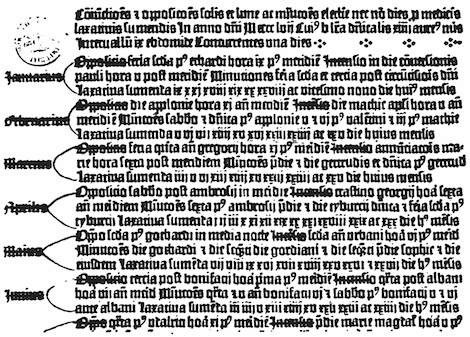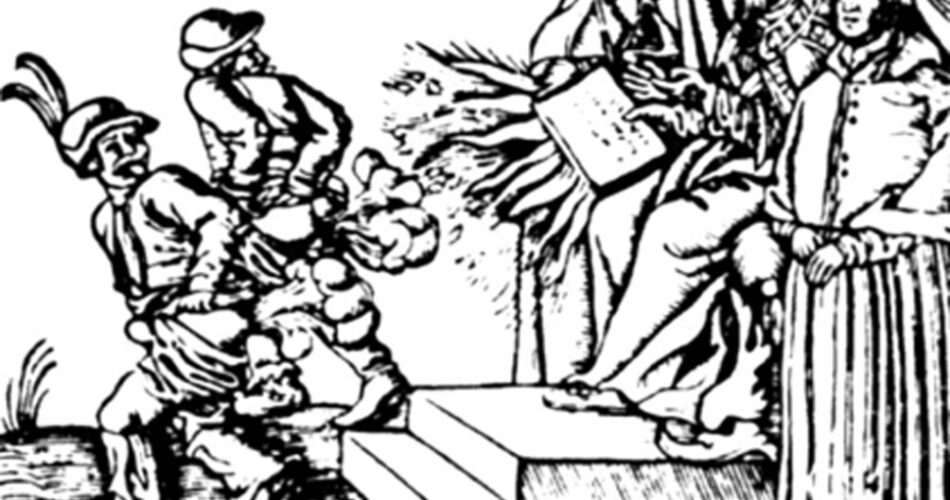Some historical figures were grosser than you think
If you think of the Renaissance just as an era of intellectualism, art, and science, you’re probably wrong because you’re forgetting to consider some facts involving scatology, namely the interest in things related to poop, a very popular subject.
According to this article, Johannes Gutenberg, an artist, publisher, and inventor of the printing press, wanted to turn the second book ever printed into a laxative calendar showing the ideal times to poop. And while his bright pupil doodled intelligent dicks marching into a large, hairy butthole in the margins, innovator and everything-er Leonardo Da Vinci spent many pages sketching the anus’ wonderful ability to transform from flower to fortress while clenching.



Martin Luther, though, was undoubtedly more into that. He was obsessed with scatology, according to Danielle Mead Skjelver of Maryland University. So much that he once said about pooping that “Felt that I was altogether born again, and had entered Paradise itself”. He also said, “I resist the devil, and frequently it is with a fart that I chase him away”. “I’m like a ripe stool and the world’s like a gigantic anus, so we’re about to let go of each other”, murmured to his wife on his deathbed.
Another noteworthy episode was when he also kissed a statue of a pig’s butthole. And we can’t forget to mention that he later attacked the Roman Catholic Church by calling indulgences “an utter shitting”, and Pope Paul III in an open letter addressing him as a “little ass-pope” who licks the devil’s butthole and farts so loud that “it is a wonder that it did not tear his hole and belly apart”.
According to Mead Skjelver, talking about excrement constantly was a strategy they used to appear tough and badass, like brave old warriors. This is supported by the fact that individuals like Luther would frequently gather the pamphlets of his detractors, use them to wipe his bottom, and then mail them back. It was a practice they had borrowed from old nobility who’d often take a noble deuce on their enemy’s coat of arms and then parade the defiled mess into battle.
